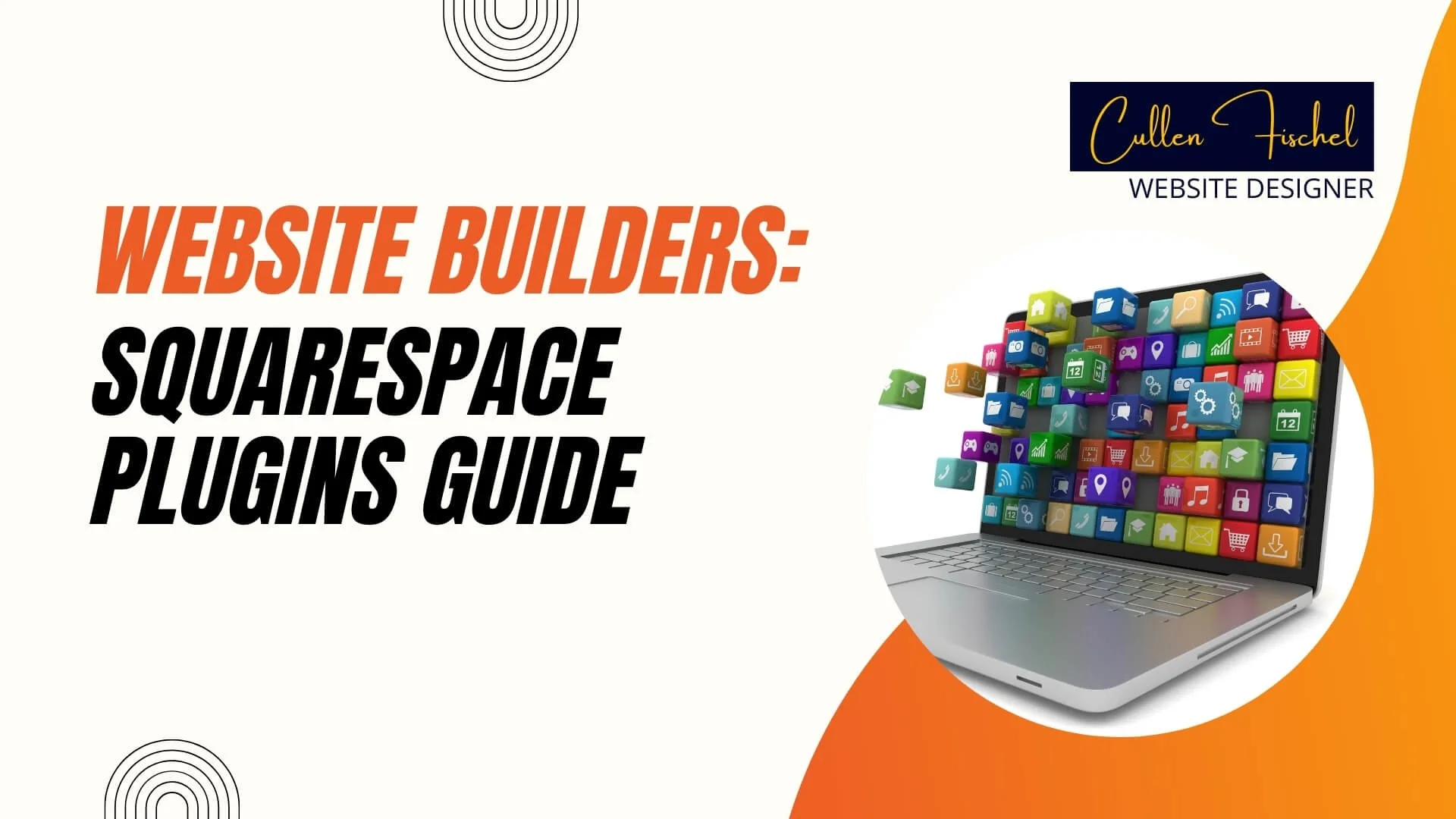Website Migration: A Smooth Transition Guide to a New Builder
Website Migration: A Smooth Transition Guide to a New Builder
Need a smoother website migration? This guide helps you switch builders while preserving your SEO and enhancing user experience.
Cullen Fischel | JUNE 28, 2024 | 5 min. read
5 minute read
By Cullen Fischel, Website Designer
Let's be honest – the thought of migrating your website to a new builder can feel overwhelming.
But it doesn't have to be!
As a professional website designer, I'm here to guide you through the process, ensuring a smooth transition with minimal disruption to your digital marketing success.
Key Takeaways
A well-planned website migration is key to preserving your online presence and SEO rankings.
A new builder can unlock improved functionality, better user experience, and streamlined content updates.
Prioritizing user experience, content quality, and SEO best practices will make your migration a success.
Planning Your Migration: Setting the Stage
Picture this: You're ready for a new website, one that reflects your growing brand and business goals. But where to start? Planning is everything!
Why Change Builders? First, identify the reasons motivating your move to a new builder. Maybe your current setup limits your design freedom, or you need a better way to manage content. Maybe you want easier integration of marketing tools. Having a clear purpose will keep you focused throughout the process.
Asset Inventory: What to Move? Now it's time to take stock of your website's existing content. Look at every page, blog post, image, video, form – anything that lives on your current site. This inventory will give you a solid picture of what needs to be migrated, and what might be left behind.
Choosing Your New Home: With your needs in mind, it's time to explore website builders. Think about ease of use, scalability (room to grow!), cost, and support availability. A reliable website builder should empower you, not leave you feeling frustrated.
Pre-Launch: Building a Strong Foundation
The pre-launch stage is where the magic starts to happen. This is where you lay the groundwork for a successful transition and create a stellar user experience on your new site.
Content: The Heart of Your Site: Your content is valuable. Now is the perfect time to take a good look at it. Which pages are top performers? What content needs updating or refreshing? This is your chance to ensure your new website serves your users with the information they need.
Navigation Matters: How visitors move through your website impacts their experience tremendously. Define a clear information architecture. Your navigation should be intuitive, guiding users naturally towards the information they seek.
Don't Forget SEO: SEO (Search Engine Optimization) is what helps people find you online. Proper planning during migration will preserve (or even boost!) your rankings. We'll dive deeper into SEO soon, but for now, this includes tasks like mapping out redirects to ensure old URLs point to your new content.
Launch Day and Beyond: A Flawless Execution
The big day has arrived! But before flipping the switch, there are a few crucial steps to ensure a smooth launch.
Test, Test, and Test Again: Meticulous testing is your best friend. Test every link, form submission, and website functionality, not just on desktop but also on different mobile devices. The last thing you want is a broken website frustrating your visitors.
Communicate Proactively: Keep your users informed. If possible, provide a timeline for the migration on a temporary landing page. Let them know if they might experience any downtime, so they're not left in the dark.
Go Live, Then Monitor: Once you hit launch, don't just breathe a sigh of relief and walk away. Track your website analytics closely. Monitor for any errors, broken links, or unexpected dips in traffic. Early detection means swift resolution.
Cullen's Tips for Success
As a website designer, I've seen many migrations, both successful and rocky. Here's what I've learned:
Partner with a Pro: A website designer like myself can bring experience and knowledge to your migration project. We can help you choose the right builder, guide the process, and craft a website aligned with your brand and goals.
User Experience is Key: Design with the user in mind. Aim for fast load times, easy navigation, and a layout that makes sense to your customers. This translates to better engagement and happier visitors.
Content is Your Currency: Don't neglect the power of high-quality content. It's what draws people in, builds trust, and keeps them coming back for more.
Ask a Website Designer
How long does a typical website migration take?
This depends entirely on your website's complexity. Small, simple websites might be done in weeks, while larger sites or those with complex features could take months. A good website designer will help you estimate a more accurate timeline.
What happens to my website's ranking in search engines after migration?
The goal is to minimize any negative impact on your search rankings. By carefully implementing redirects and updating your sitemap, you'll signal to search engines that everything's moved to a new location. Temporary fluctuations can happen, but consistent monitoring will help you catch any issues early.
Is it always necessary to hire a website designer for a migration?
While some businesses manage website migrations in-house, a website designer can provide valuable expertise. We know the technical nitty-gritty, can anticipate problems, and free up your time for running your business.




